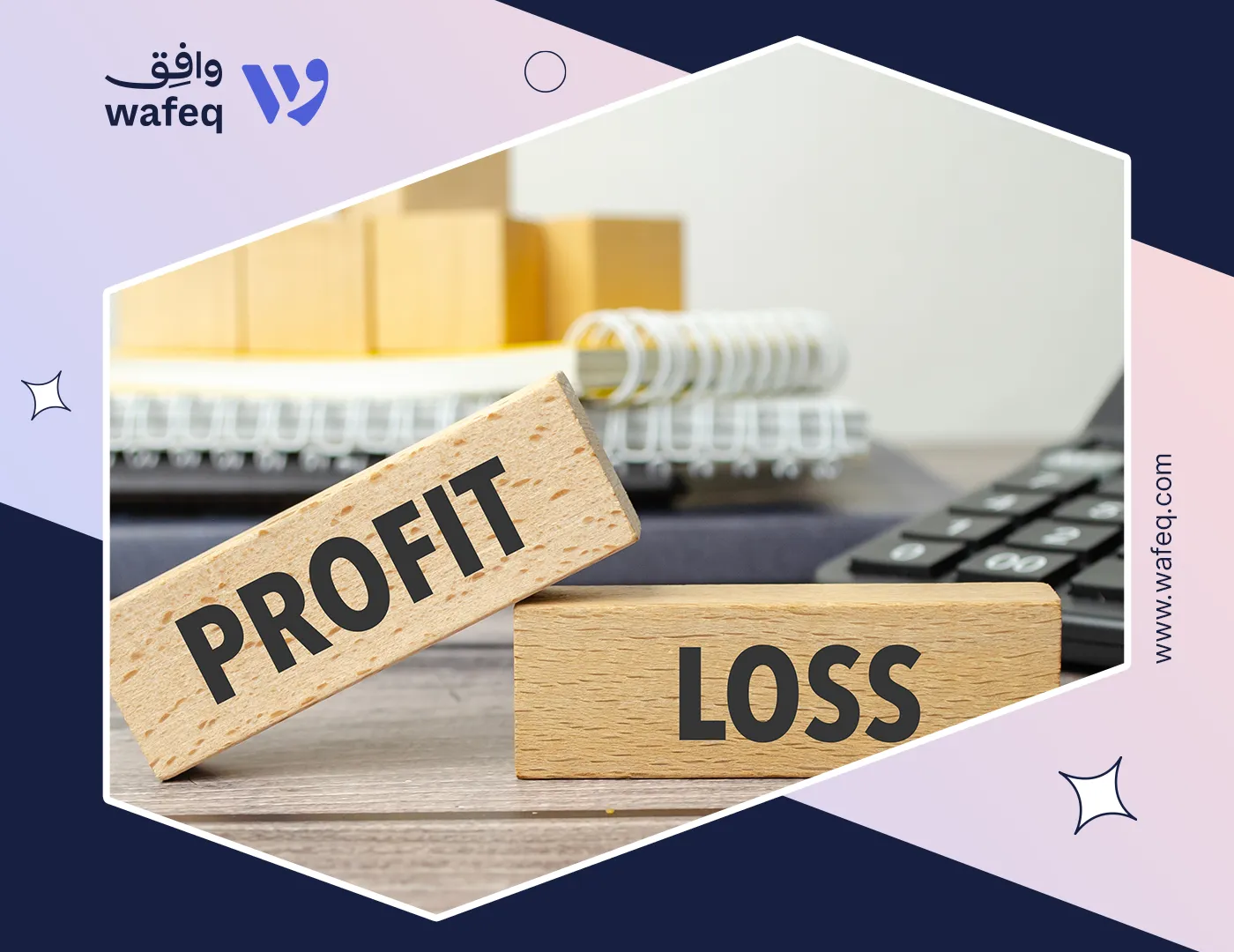Inventory turnover ratio: Formulas, Examples, and KPIs

Efficient inventory management is more than just keeping shelves full; it’s about ensuring the stock moves at a healthy pace. The inventory turnover ratio helps you answer one critical question: Is your business selling products fast enough to maintain profitability and avoid waste? In this article, you'll learn what the inventory turnover ratio is, how to calculate and interpret it, and how to use it to drive better decisions for inventory control and financial performance.
What Is the Inventory Turnover Ratio
The inventory turnover ratio is a key financial metric that measures how many times a company sells and replaces its inventory during a specific period, usually a year. It reflects the efficiency of inventory management and sales operations. A high turnover typically indicates strong sales or effective inventory control, while a low turnover may signal overstocking, slow-moving items, or weak demand.
This ratio helps businesses understand how well they manage their stock and whether their inventory strategy supports profitability and cash flow. It’s especially relevant for companies in retail, wholesale, manufacturing, and any sector where inventory plays a central role.
How to Calculate the Inventory Turnover Ratio
The inventory turnover ratio is calculated using the following formula:
Formula:
Formula:
Inventory Turnover=
Cost of Goods Sold (COGS) __________________________________
Average inventory
This formula tells you how many times the inventory is "turned over" or sold during the period. A higher ratio means inventory is sold and replenished more frequently.
Formula Key Components:
- Cost of Goods Sold (COGS): This represents the direct costs of producing or purchasing the goods sold during a specific period.
- Average Inventory: Calculated as the sum of the beginning and ending inventory balances for the period, divided by two.
Example:
Example:
If your COGS for the year is $500,000, and your average inventory is $100,000.
- Your inventory turnover is 500,000 ÷ 100,000 = 5 times
This means your business sold and replaced its inventory five times during the year.
What the Inventory Turnover Ratio Reveals
The inventory turnover ratio offers more than just a number. It reflects how efficiently a company manages its inventory for sales. Here’s what it can tell you:
- Operational Efficiency: A high turnover ratio usually indicates that inventory is moving quickly, which suggests strong demand and effective sales processes. It also implies that the business is not investing excessive capital in unsold stock.
- Inventory Control: If turnover is low, it may signal overstocking, poor sales performance, or ineffective purchasing decisions. These issues can increase holding costs and reduce liquidity.
- Sales and Pricing Strategy: A high turnover might result from competitive pricing, while a low ratio might indicate that pricing is very high relative to market demand.
- Cash Flow Health: Businesses with efficient inventory turnover experience stronger cash flows, as capital isn’t trapped in idle stock.
- Industry Benchmarking: Comparing your turnover ratio to industry peers helps identify whether your inventory strategy is aligned with best practices or needs improvement.
Inventory Turnover and Dead Stock
A low inventory turnover ratio often signals the presence of dead stock, items that remain in storage for long periods without being sold. Dead stock can tie up valuable capital, occupy warehouse space, and eventually become obsolete or unsellable due to damage, expiration, or changes in demand. Here’s how inventory turnover helps you identify and address dead stock:
- Detection: A sudden drop in turnover or a consistently low ratio can highlight slow-moving or non-moving items.
- Root Cause Analysis: Analyzing product lines that have low turnover can uncover issues such as poor demand forecasting, seasonal misalignment, or ineffective marketing.
- Action Plans: Once identified, businesses can take corrective steps like markdowns, bundle promotions, or liquidation to clear out dead stock and improve turnover.
Know more about: Understanding Activity ratios in financial analysis.
Key Inventory Performance Indicators
While the inventory turnover ratio is one of the most widely used inventory metrics, it’s even more insightful when combined with other key performance indicators (KPIs). Together, these ratios offer a fuller picture of how well a company manages its stock.
1. Days Inventory Outstanding (DIO) This measures the average number of days it takes to sell the entire inventory. A lower DIO indicates faster movement of goods, while a higher DIO may suggest slow sales or excess stock.
Formula
Formula
DIO = 365 ÷ Inventory Turnover Ratio
2. Gross Margin Return on Inventory (GMROI) GMROI shows how much gross profit is earned for every riyal (or dollar) invested in inventory. It's a profitability measure tied directly to inventory efficiency.
Formula
Formula
GMROI = Gross Profit ÷ Average Inventory Cost
3. Inventory to Sales Ratio This ratio helps businesses assess whether their inventory levels are proportionate to their sales. A high ratio may indicate overstocking.
Formula:
Formula:
Inventory to Sales = Ending Inventory ÷ Net Sales
Why the Inventory Turnover Ratio Can Be Misleading
While the inventory turnover ratio is a valuable tool, it’s important to recognize its limitations to avoid misinterpretation:
- Seasonal Fluctuations: Businesses with seasonal sales cycles (e.g., fashion, holidays) may see misleading turnover figures depending on the time of year analyzed.
- Industry Differences: A "good" turnover ratio varies by industry. Comparing a grocery store to a furniture business, for instance, is not meaningful due to different inventory dynamics.
- Product Mix Impact: A high turnover might reflect fast-moving, low-margin items, while a low ratio might indicate slow-moving but high-margin goods. The ratio alone doesn’t capture profitability.
- Inventory Valuation: Changes in inventory valuation methods (FIFO, LIFO, weighted average) can distort the average inventory figure and affect the ratio's accuracy.
- No Insight into Stockouts: A very high turnover might suggest strong sales, but could also mean insufficient stock levels that lead to missed sales opportunities.
Inventory Turnover Calculation Example
To fully understand how the inventory turnover ratio works, let’s look at a practical example:
Example:
Example:
A retail company reports the following data for the fiscal year:
Cost of Goods Sold (COGS): SAR 1,200,000
Beginning Inventory: SAR 300,000 Ending Inventory: SAR 500,000
- Step 1: Calculate Average Inventory Average Inventory= (300,000+500,000) ÷ 2 =400,000
- Step 2: Calculate Inventory Turnover Inventory Turnover = 1,200,000 ÷ 400,000 =3
- Interpretation: The company turned over its inventory 3 times during the year. Depending on the industry, this may indicate a moderate sales cycle. Comparing this with previous years or industry benchmarks will provide deeper insights.
How Wafeq Helps to Track and Improve Inventory Turnover
Monitoring inventory turnover manually can be time-consuming, error-prone, and disconnected from real-time performance. Wafeq simplifies the process through automation, smart reporting, and seamless inventory integration.
- Real-Time Inventory Tracking Instantly monitor stock levels, inflows, and outflows—giving you full visibility into your inventory health and turnover trends.
- Automated Turnover Calculations Wafeq calculates inventory turnover and related ratios, using accurate, up-to-date financial and inventory data.
- Alerts on Slow-Moving Items Receive insights on dead stock and aging inventory so you can act quickly, adjust pricing, promote products, or replenish smarter.
- Integrated COGS and Inventory Reporting Your cost of goods sold and inventory reports are automatically synced, reducing manual work and ensuring consistency in financial analysis.
- Custom Dashboards and KPIs Tailor dashboards to track KPIs like turnover ratio, gross margin return, and inventory days, all in one place.
Also Read: Understanding COGS: How to Calculate and Use It for Better Financial Decisions
The inventory turnover ratio is more than just a formula; it’s a strategic indicator of how effectively a business manages one of its most valuable assets: inventory. When used correctly, it reveals trends in sales, purchasing, and operational efficiency, and can guide smarter decisions around stocking, pricing, and cash flow.
However, it should never be used in isolation. Interpreting inventory turnover alongside other key performance indicators such as gross margin, DIO, and GMROI provides a deeper understanding of business health.
FAQs about the Inventory Turnover Ratio
What is a good inventory turnover ratio?
A “good” ratio depends on your industry. For example, fast-moving consumer goods (FMCG) often have higher turnover than luxury or industrial products. In general, a ratio between 5 and 10 is considered healthy, but benchmarking against similar businesses is essential.
How often should inventory turnover be calculated?
Many companies calculate it quarterly or annually, but using Wafeq allows real-time or monthly tracking for better responsiveness and decision-making.
Is inventory turnover calculated using sales or COGS?
Always use Cost of Goods Sold (COGS) in the formula for inventory turnover, not total sales. COGS reflects the direct cost related to the inventory being analyzed.
Gain full visibility into your inventory performance through automated, accurate, and real-time data with Wafeq.
Gain full visibility into your inventory performance through automated, accurate, and real-time data with Wafeq.




.png?alt=media)









